The mysterious dragon stones of Armenia, locally known as vishaps, are monumental prehistoric stelae found across the high-altitude meadows of the Armenian Highlands. These carved stones, often reaching heights of over five meters, are not random relics. They are deliberate, labor-intensive constructions that mark sacred landscapes and ancient water systems. Their distribution, iconography, and archaeological context suggest a ritual function tied to seasonal migration, water cults, and early agro-pastoral societies.
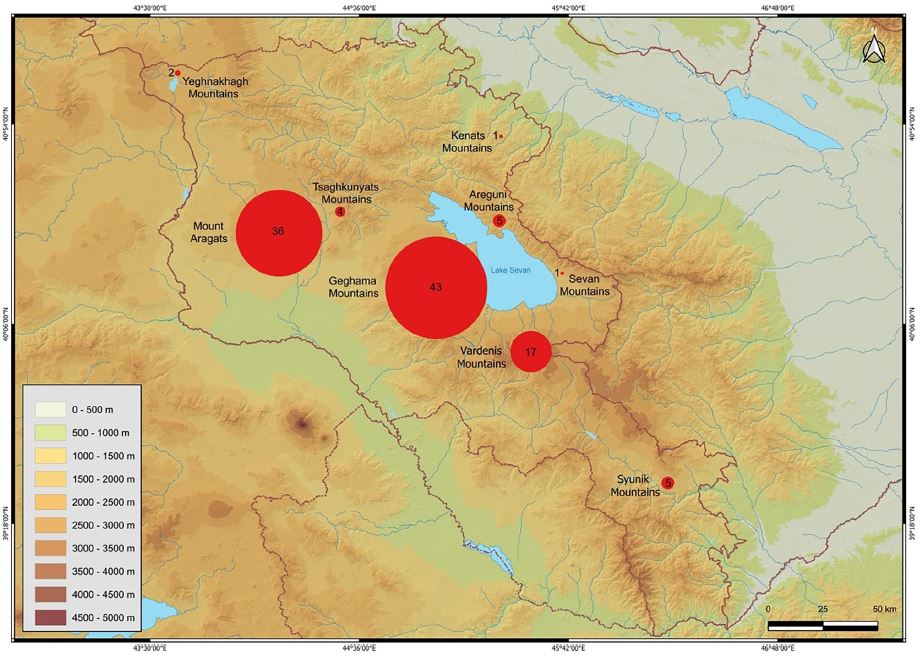
Origins and Meaning of Vishaps
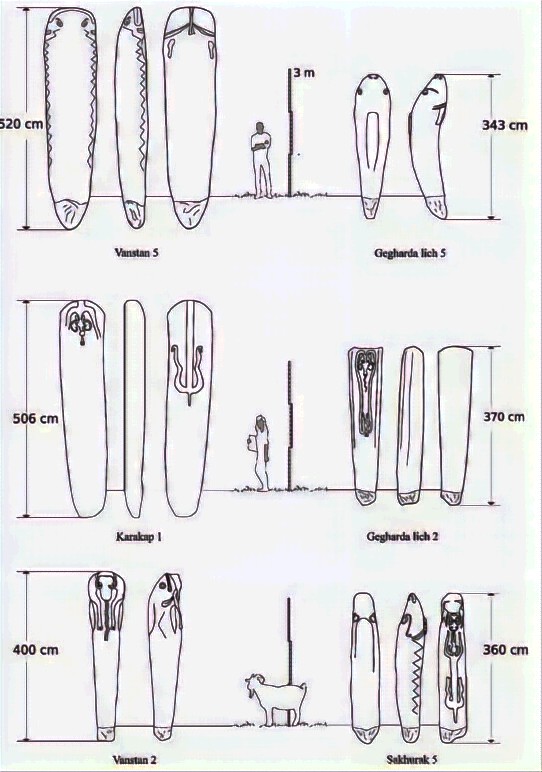
The term vishap derives from the Armenian word for dragon. In folklore, vishaps are mythical serpentine creatures associated with water, fertility, and cosmic forces. The stones themselves reflect this symbolism. They are carved from basalt or andesite and shaped into three primary forms: Pisces (fish-shaped), vellus (hide-shaped), and hybrida (a fusion of the two). These forms are not decorative. They encode symbolic meaning and reflect the ecological and ritual context of their placement.
Typology of Vishaps: Pisces, Vellus, hybrid (“Vishap” Project, A. Gilibert). Source: https://doi.org/10.1038/s40494-025-01998-z CC BY-NC-ND 4.0
Geographic Distribution and Elevation Patterns
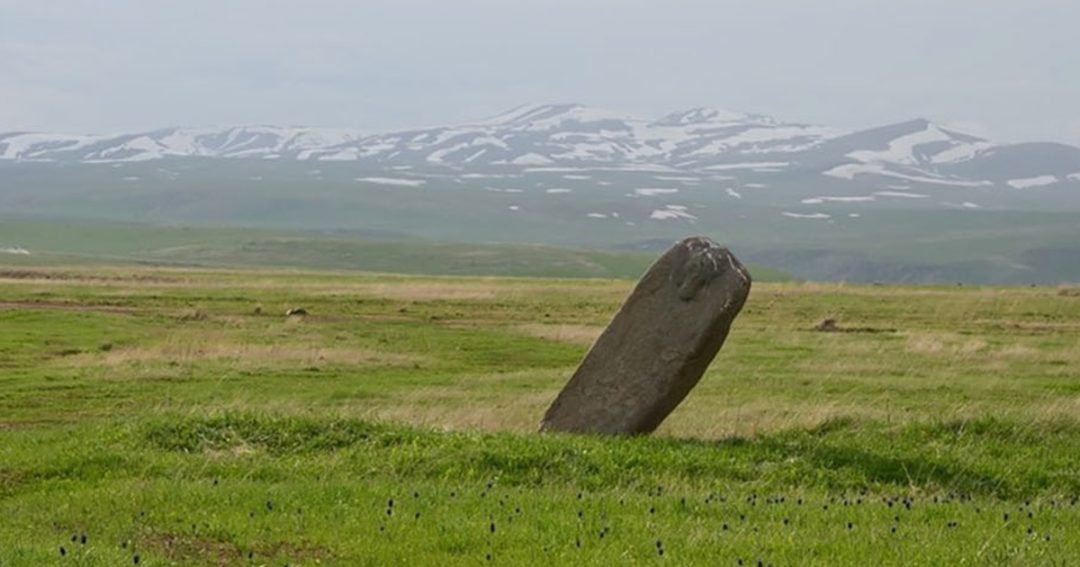
Researchers have documented vishaps at elevations from 1,000 to over 3,000 meters above sea level.They cluster in volcanic craters, marshy meadows, and near springs.Archaeologists have identified dense concentrations of Armenia’s mysterious dragon stones at Tirinkatar on Mount Aragats and Gegharda Lich in the Geghama Mountains. Statistical analysis reveals a bimodal altitude distribution, with peaks around 1,900 and 2,700 meters. This pattern suggests seasonal use and ritual significance tied to snowmelt and water availability.
Typology and Labor Investment
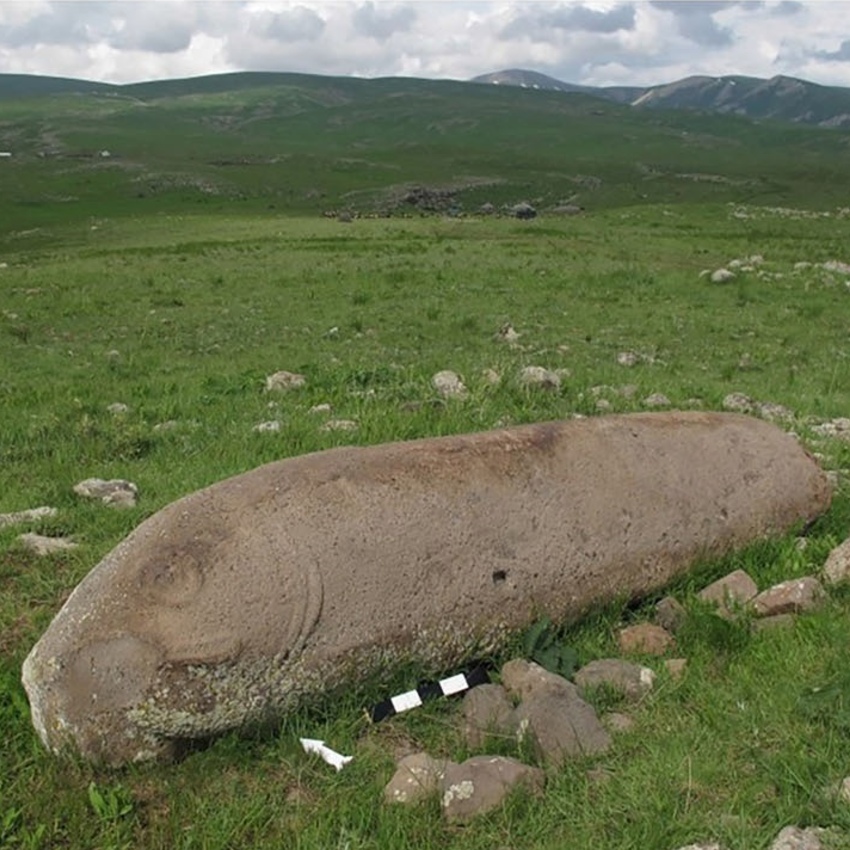
The size of vishaps ranges from 110 to 550 centimeters. Their construction required quarrying, carving, polishing, and transportation; often over rugged terrain. Many of the most massive stones are found at elevations above 2,700 meters. This contradicts the assumption that high-altitude monuments would be smaller due to limited labor windows.
Instead, it implies that the mysterious dragon stones of Armenia were central to highland ritual life, demanding significant communal effort. Pisces Vishap (above) Source: https://doi.org/10.1038/s40494-025-01998-z CC BY-NC-ND 4.0
Archaeological Context and Dating
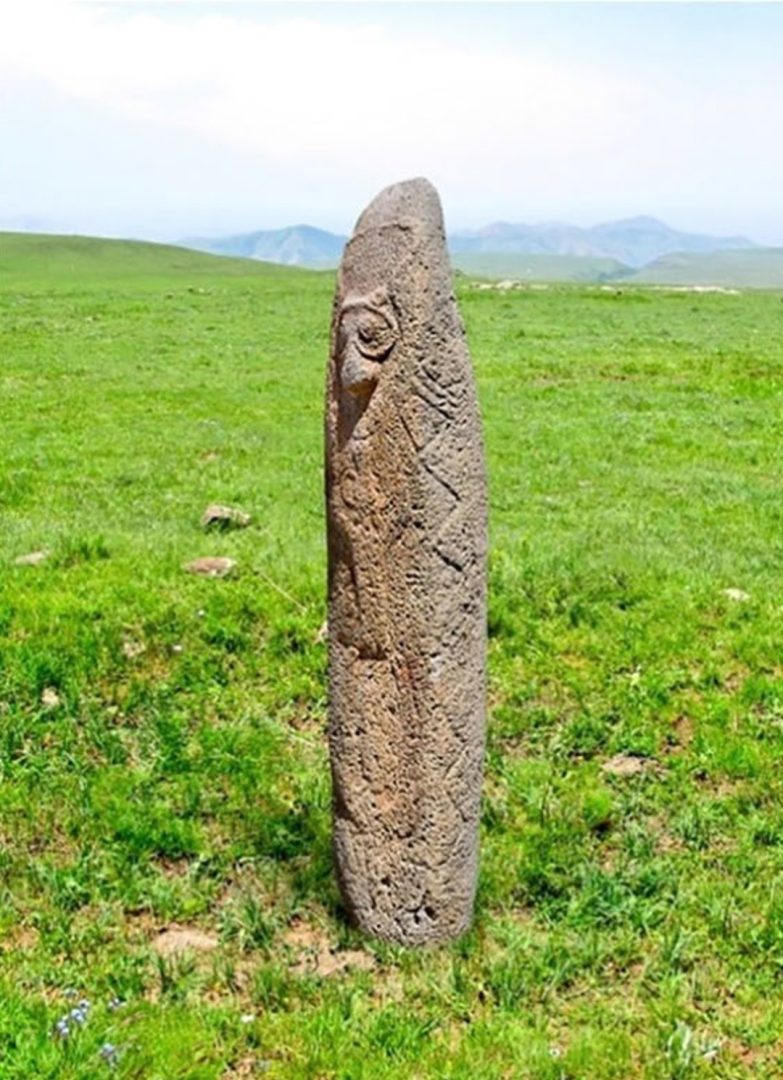
Excavations at Tirinkatar have yielded radiocarbon dates placing some vishaps between 4200 and 4000 BCE. These dates situate them in the Chalcolithic period, making them contemporaneous with early irrigation systems and megalithic cultures elsewhere in Eurasia. The Garni 1 vishap bears a secondary inscription from King Argishti I of Urartu, dating to the 8th century BCE, indicating reuse and continued reverence across millennia A.
Hybrid Vishap (left) Source: https://doi.org/10.1038/s40494-025-01998-z CC BY-NC-ND 4.0
Association with Water
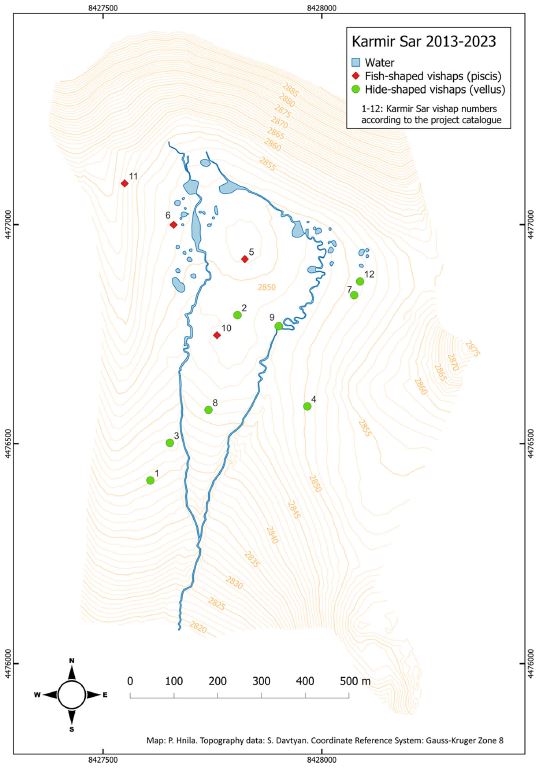
The mysterious dragon stones of Armenia are consistently found near water sources. This includes springs, lakes, and prehistoric irrigation channels. The fish-shaped Pisces vishaps dominate the highest elevations, often near snow-fed basins. This spatial correlation supports the hypothesis that they marked sacred hydrological nodes. Stone carvers placed vishaps to mark high-altitude melt zones and summits, honoring their role as life-giving sources.
Map of Tirinkatar with location of vishaps; Pisces are marked red, Vellus are marked green (Map: P. Hnila, Topography data: S. Davtyan). Source: https://doi.org/10.1038/s40494-025-01998-z CC BY-NC-ND 4.0
In Armenian mythology, vishaps are guardians of water and cosmic balance. They appear in legends as serpents that dwell in lakes and emerge during storms. This mythic layer complements the archaeological evidence. The mysterious dragon stones of Armenia are not just markers. They are embodiments of myth, ritual, and ecological awareness. Their presence in highland landscapes reflects a worldview where water, stone, and sky were interlinked.
Comparative Megalithic Context
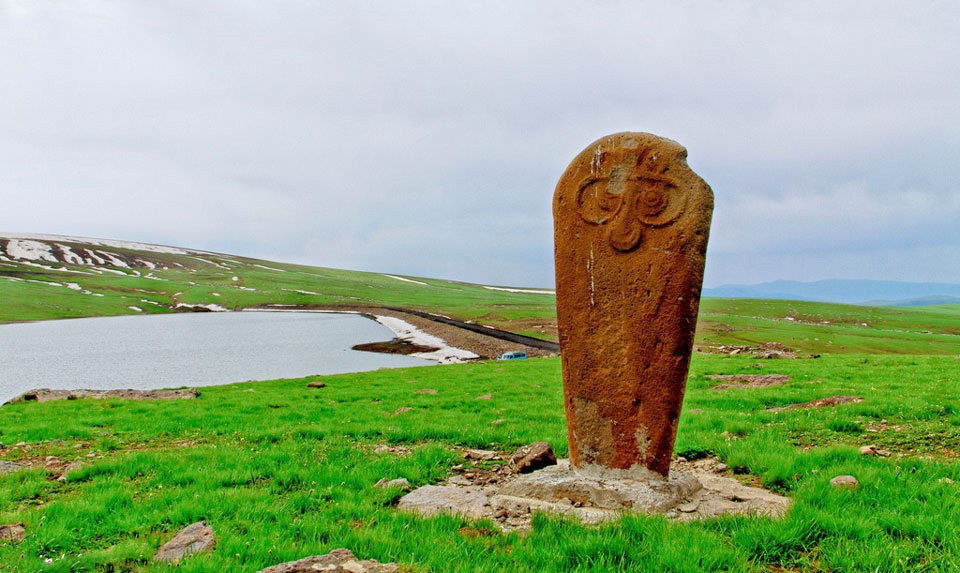
While vishaps share formal traits with European menhirs, they differ in function and finish. “Artists polished vishaps, shape them into iconographic forms, and often sculpt them with symbolic detail. European menhirs are rough, unadorned, and aligned in rows. Comparatively the mysterious dragon stones of Armenia are statues. They belong to a distinct tradition of high-altitude sacred landscapes, like Andean shrines and Anatolian stelae.
Implications for Prehistoric Society
The labor required to construct and transport vishaps at high elevations implies organized social structures. These communities prioritized ritual over convenience. The mysterious dragon stones of Armenia reflect a worldview where water was sacred, and effort was a form of devotion. Their presence in remote meadows suggests seasonal migration, communal gatherings, and possibly rites of passage.
Modern Research and Preservation
Since 2012, interdisciplinary teams from Armenia, Germany, and Italy have conducted systematic surveys and excavations. GPS mapping, photogrammetry, and stratigraphic analysis have expanded the corpus to 115 documented vishaps. Many were previously unpublished. The site of Tirinkatar is now part of Armenia’s UNESCO World Heritage Tentative List. Ongoing research continues to refine dating, typology, and cultural interpretation.
Conclusion
The mysterious dragon stones of Armenia are more than prehistoric sculptures. They are ritual monuments, hydrological markers, and mythic symbols. Their deliberate placement, massive scale, and enduring presence across millennia reveal a sophisticated prehistoric culture attuned to water, landscape, and cosmic cycles. As research continues, these stones offer a rare glimpse into the spiritual and ecological foundations of early Armenian civilization.
If you Liked this check out: Human-Faced T-Shaped Pillar Discovered at Karahantepe

